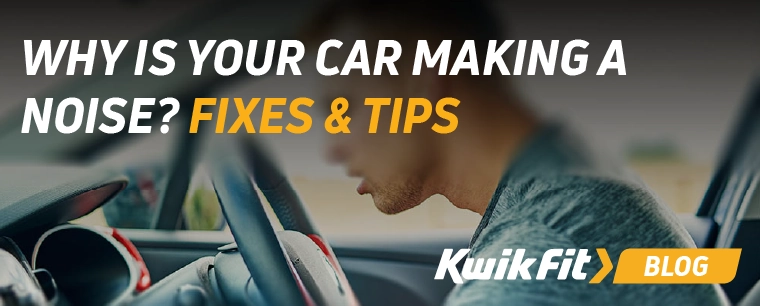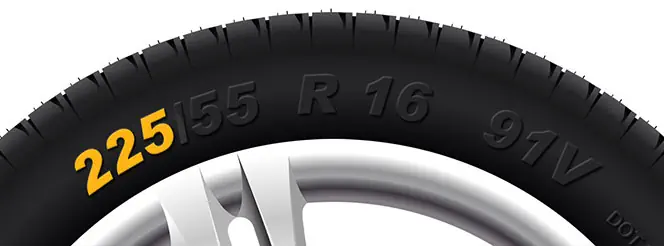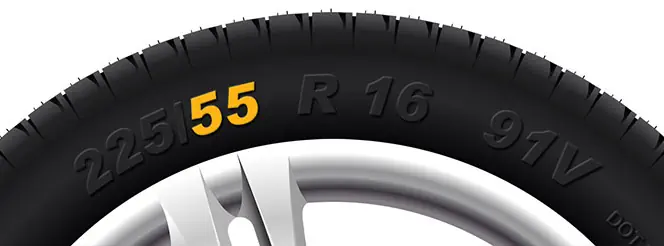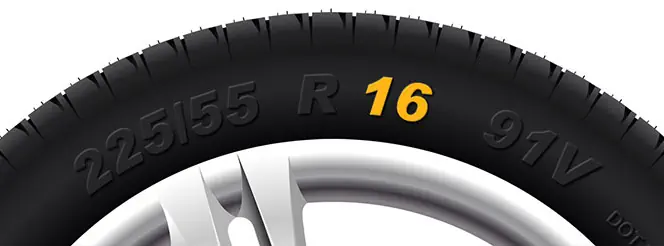A Comprehensive Guide to Motorway Driving
| Friday 11th June 2021 11:50am
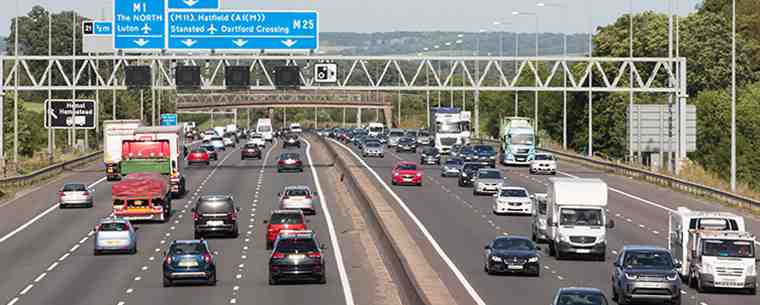
It’s estimated that over a third of UK drivers never, or rarely, drive on the motorway. When you consider the fact that there are over 32 million full licence holders, that’s a large number of drivers that dislike motorway driving.
There are many reasons why drivers are reluctant to drive on the motorway. Common reasons include the risk of accidents, increased likelihood of traffic jams, and high speeds. These concerns, coupled with news stories of motorway crashes, cause some drivers to feel unsafe on these roads.
In reality, statistics show that there are fewer accidents on motorways than on normal roads. These are typically considered to be less newsworthy so it seems like a smaller number of accidents happen on normal roads.
Motorway driving tips
Many motorists that have just passed their test are worried about driving on motorways due to having limited experience on this type of road. However, the majority become frequent motorway users. Once motorists are familiar with motorway driving, it is a lot less intimidating. However, with confidence, bad habits are also often adopted - which can be the cause of many motorway accidents.
From being insecure to becoming super confident, many motorists don’t give motorway driving a second thought. Familiarity and repetition have – in many cases – done away with any caution these drivers originally had and, as a result, many have fallen into bad driving habits. These bad habits are often the reason behind so many of the accidents that occur on motorways.
As a result of this, we have shared some of our top motorway driving tips below:
5 Motorway driving tips to help you stay safe on the road
1. Safe stopping distances
It is important to maintain safe stopping distances between you and the vehicle in front. You should ensure that you aren’t tailgating as you might not have enough time to brake.
Stopping distances, particularly in wet weather conditions, can be unpredictable and you might not have time to stop quickly enough. You should follow the Highway code ‘two second’ rule on dry roads and double the gap to four seconds if it is raining.
If it is icy or foggy, you should allow even greater stopping distances.
2. Stay on the left
On a motorway, you should stay in the left-hand lane unless you are overtaking or instructed to by police. This means that other drivers can overtake you safely and allows the traffic to keep moving. Hogging the middle lane can cause congestion and increase the possibility of collisions. It can also put you at risk of incurring a fine and points on your licence.
3. Indicate your intentions
If you need to change lanes on the motorway, make sure you do it with plenty of time. Not indicating or indicating too late can increase the risk of an accident. At high speeds, it can be tricky to slow down in time if someone pulls out in front of you.
4. Speeding can be a quick way to disaster
Driving at over 70 mph on any UK public road is illegal. However, this maximum speed limit isn’t always allowed. Variable speed limits are constantly in effect and can be changed suddenly. These speed limits are enforced by speed cameras and police enforcement. Driving at a steady speed enables you to control your vehicle better on high-speed roads.
5. Avoid distractions
Remaining focused is especially important when driving at high speeds. Make sure that you are constantly aware of potential upcoming dangers so that you can react to them quickly and safely.
Have you got the right tyres?
Contiseal™ technology means that you aren't put in the position of having to change your tyre on the motorway hard shoulder. It has been developed to seal tyres with punctures up to 5mm deep without compromising on driving performance.
Continental’s SSR, Self-Supporting Runflat tyre, also offers strong motorway performance. It provides drivers with the opportunity to drive up to 50 miles at 50 mph if a puncture is sustained. This technology is based on a reinforced sidewall which helps to protect the tyres.
The right tyres can also improve driver comfort. For example, ContiSilent™ technology reduces noise levels inside your vehicle. This is especially helpful on motorways and driving at high speeds. These tyres also offer high performance in terms of mileage and load/speed capacity.
Get tyres from people you trust
Your local Kwik Fit centre stocks a variety of tyres from a variety of brands, and our expert technicians are always on hand to make sure you have the right tyres, fitted right.
Get in touch with your local Kwik Fit centre to book a tyre replacement.
Any facts, figures and prices shown in our blog articles are correct at time of publication.
Featured Articles
Is it Illegal to Drive With One Headlight?
Saturday 19th July 2025
Wondering if it’s illegal to drive with one headlight? Learn about the safety risks and penalties of illegal blown bulbs and why you should fix them promptly.
Air Con in EVs & Hybrids: Experts Answer Your Questions
Monday 30th June 2025
Does air con drain EV batteries? Can you use the air con while charging an electric car? Find out the answers to these questions & more from Kwik Fit’s experts.
Why Is Your Car Making a Noise? Fixes & Tips
Friday 13th June 2025
When your car starts making unexpected noises, it can certainly be quite disconcerting; it may be nothing to worry about, but here’s what you need to know.




